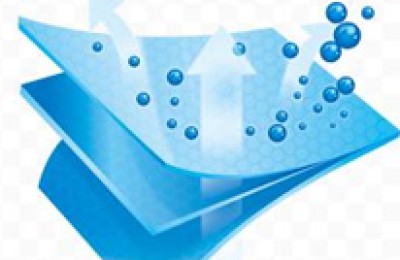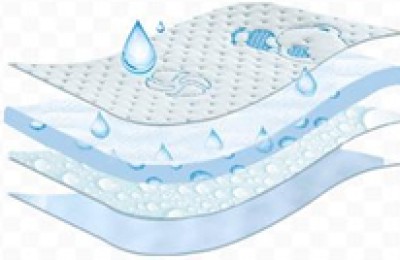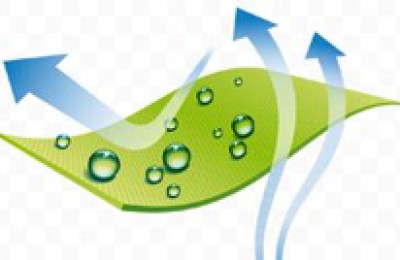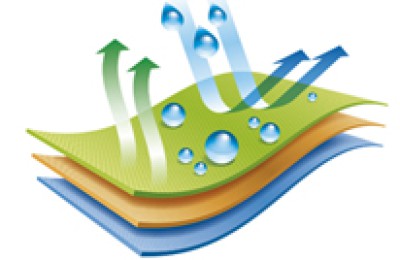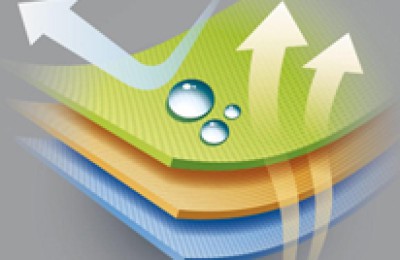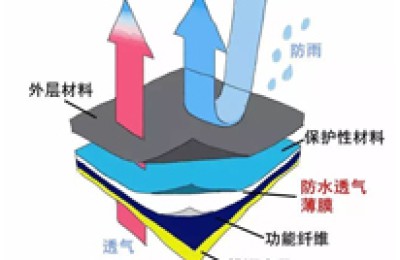Washing clothes is a basic skill in daily life, but in fact, washing clothes also requires a lot of attention, and it is not as simple as imagined!
Improper washing methods will not only make the clothes harder and older with more washing, but may also lead to many skin diseases such as tinea corporis, tinea manuum and pedis!
7 Common Laundry Mistakes
How many have you fallen into?
Check yourself quickly!
Myth ①
The more detergent, the cleaner the wash?
Many people like to put a lot of laundry detergent and washing powder when washing clothes, thinking that more laundry detergent will make the washing cleaner, but this is not the case.
The amount of detergent is not directly proportional to the cleaning ability. If you pour too much, it will be difficult to rinse and it will easily leave residue. As time goes by, the clothes will become harder and harder. Getting older.
Recommendations
Generally, the laundry detergent or washing powder you purchase will be marked with the corresponding usage amount, so everyone according to the amount of clothes you want to wash How much, use detergent wisely.
Myth ②
Is laundry detergent better than washing powder and soap?
In the past, more people used laundry detergent and soap, but now many people prefer laundry detergent because they find it convenient and not harmful to their hands. In fact,each has its own advantages and disadvantages.
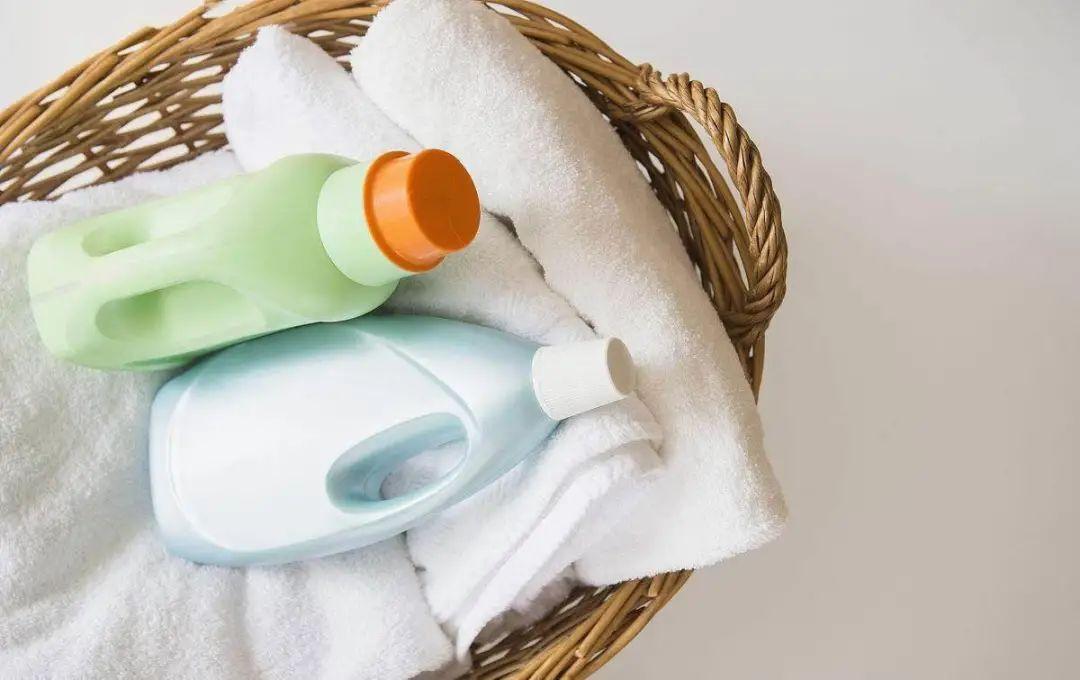
Recommendations
Use different detergents for clothes of different materials.
①Washing powder: strong in decontamination
Washing powder has relatively strong decontamination ability. However, due to its solid form, it cannot be completely dissolved in water, leaving residue when cleaning, and it can easily hurt hands and skin.
It is relatively more suitable to come into contact with coats, jeans, down jackets, sofa covers, curtains and other items with a lot of dust.
②Laundry detergent: Strong hydrophilicity
The composition of laundry detergent is similar to that of washing powder, but its decontamination ability is not as good as that of washing powder, but it is highly hydrophilic. , easily soluble in water and easy to rinse, making clothes softer after washing.
Laundry detergents are also divided into ordinary and special ones. For clothes made of special materials such as woolen sweaters and silk, it is best to choose special laundry detergents, which can reduce the damage of detergents to clothes; for the rest For clothes made of different materials, just use ordinary laundry detergent.
③Soap: low irritation
The ingredient of soap is renewable vegetable oil, which has low irritation to the skin and has the effect of protecting fabrics. Save water and time.
Infants’ clothing, underwear, etc. are more suitable for hand washing with soap, which is gentle and does not hurt the hands. It can also prevent the material from becoming hard and increase comfort.
Myth ③
If you get stains, you have to scrub hard?
When clothes are stained with juice, vegetable soup and other stains, many people will subconsciously rub them vigorously when cleaning, but this often has the opposite effect, and the stains on the clothes may become larger and larger.
Recommendations
Different types of stains require different cleaning methods.
① Blood stains: starch + salt + soap
Sprinkle starch and salt on the stained area, apply and press, and wait for a few minutes for the starch to absorb the stain; Then wet it with cold water, add some soap and rub it. At this time, the stain can be removed more easily.
②Fruit stains and coffee stains: toothpaste + water
Once fruit stains or coffee stains are stained, toothpaste should be applied to the dirty area immediately , then dip the toothbrush in water and gently scrub the dirty area to make it clean.
③Sweat stains: baking soda + lemon
When you sweat a lot, clothes are prone to sweat stains. If they are not cleaned for a long time, the clothes will turn yellow. . Mix baking soda and water into a paste and apply it to sweat-stained areas of clothing. It can emulsify with oil and grease to remove sweat stains.
If the yellowing of the clothes is serious, you can add some lemon juice to mix and soak. Acidic lemon juice can neutralize alkaline stains and clean them faster.
④ Mildew stains: bleach + hot water
Prepare a basin of hot water, mix a small cup of bleach, and remove the moldy clothes Put it in and soak for 1 hour. The mildew stains will be dissolved quickly under the action of bleach, and then you can wash them off with clean water.
Myth ④
When washing clothes, warm water is better than cold water?
The decontamination effect of warm water will be better than that of cold water, but it cannot be completely considered that warm water is better for washing. Improper water temperature washing will cause clothes to deform, shrink, and fade >etc.
Recommendations
The water temperature for washing clothes depends on the fabric material of the clothes.
-
The optimal water temperature for cotton fabrics is 40℃-50℃
-
Wool fabrics The optimal water temperature for clothing is around 35℃
-
The optimal water temperature for hemp clothing is 30℃ or below
Myth ⑤
Will it be easier to clean clothes if they are soaked?
It is said that dirty clothes can be easily cleaned by soaking them in a soak, but if you soak them for too long, the dirt dissolved in the water will re-enter the clothes, making them more likely to fade!
Recommendation
The time for soaking clothes is generally 15 minutes.��The best time is left and right, even if it is heavy clothes, do not wear it for more than 30 minutes.
Myth ⑥
After using the washing machine, should you close the washing machine lid immediately?
When clothes have just been washed in the washing machine, there will be some residual water stains inside. If they are not dried in time, the humid environment inside the washing machine will easily become a breeding ground for bacteria and mold.
Recommendations
After washing the clothes, open the lid and ventilate for 30 minutes to 1 hour and wait for the moisture to dissipate and dry in the bucket. Then close the lid. In addition, the washing machine should pay attention to sterilization. You can buy a special cleaning agent and clean it every two months or so.
Myth ⑦
Throw all the clothes into the washing machine?
Many people are afraid of trouble and throw all their clothes, socks, and underwear into the washing machine for cleaning. However, this habit of washing without sorting will not only cause clothes to be stained strong>, if you meet people with skin diseases, it is easy to cause cross infection.
Suggestions
Be very particular about washing clothes. Follow these 6 precautions to keep your laundry clean and hygienic——
①Dark and light are separated.
②Underwear should be washed by hand.
③Look at the washing label. It will indicate whether dry cleaning, bleaching, ironing, etc. are allowed. Washing as required can avoid damage to the clothes.
④It is recommended to use a laundry bag when machine washing, which can reduce the pulling on the clothing and prevent the neckline from becoming larger and the clothing from deforming.
⑤If the newly bought clothes are in bright colors, prevent them from fading – if they are brightly colored pure cotton clothes and knitwear, you can use white vinegar or lemon juice. Soak in water for a while; if it is denim clothing, soak it in salt water.
⑥After machine washing and dehydration, clothes should be dried in time and do not be left in the washing machine for a long time



